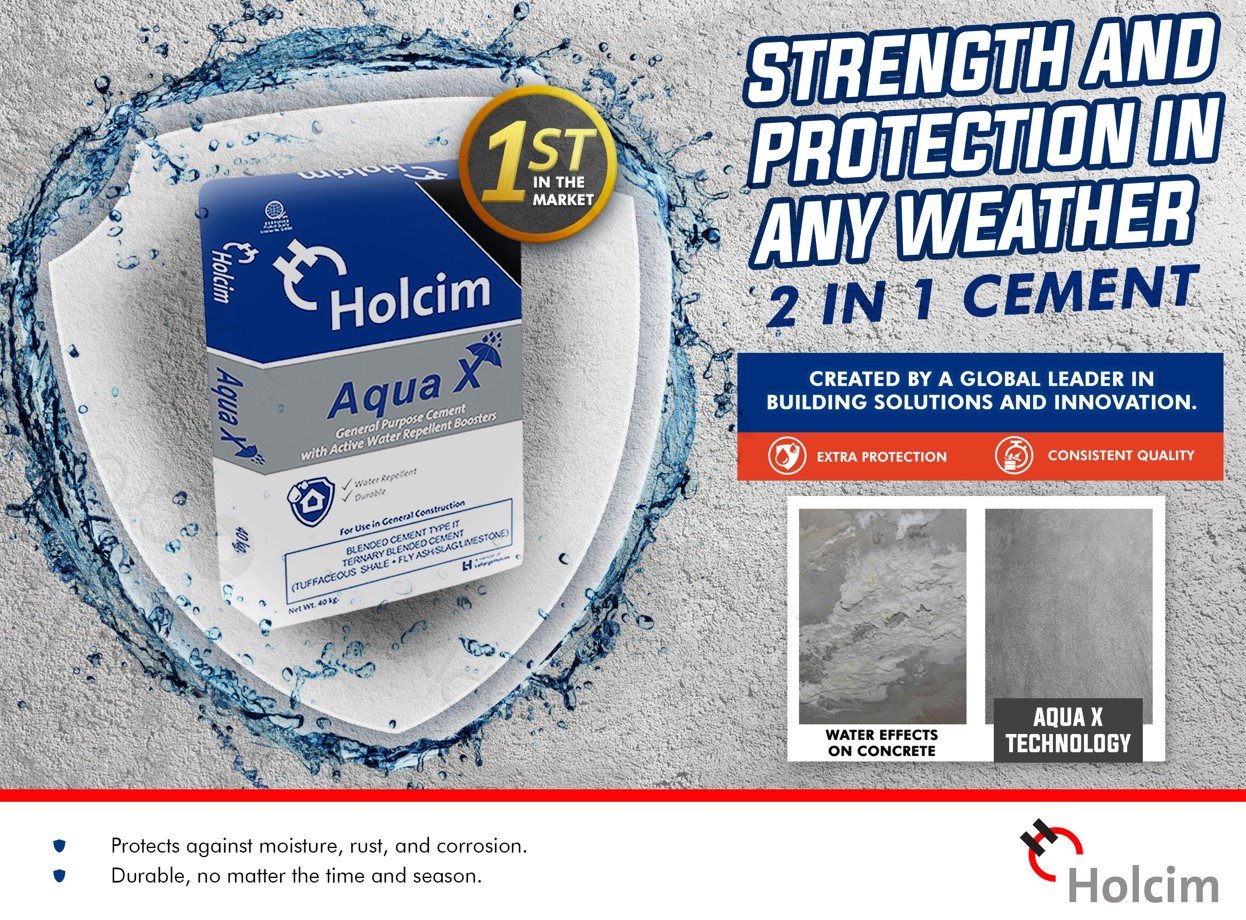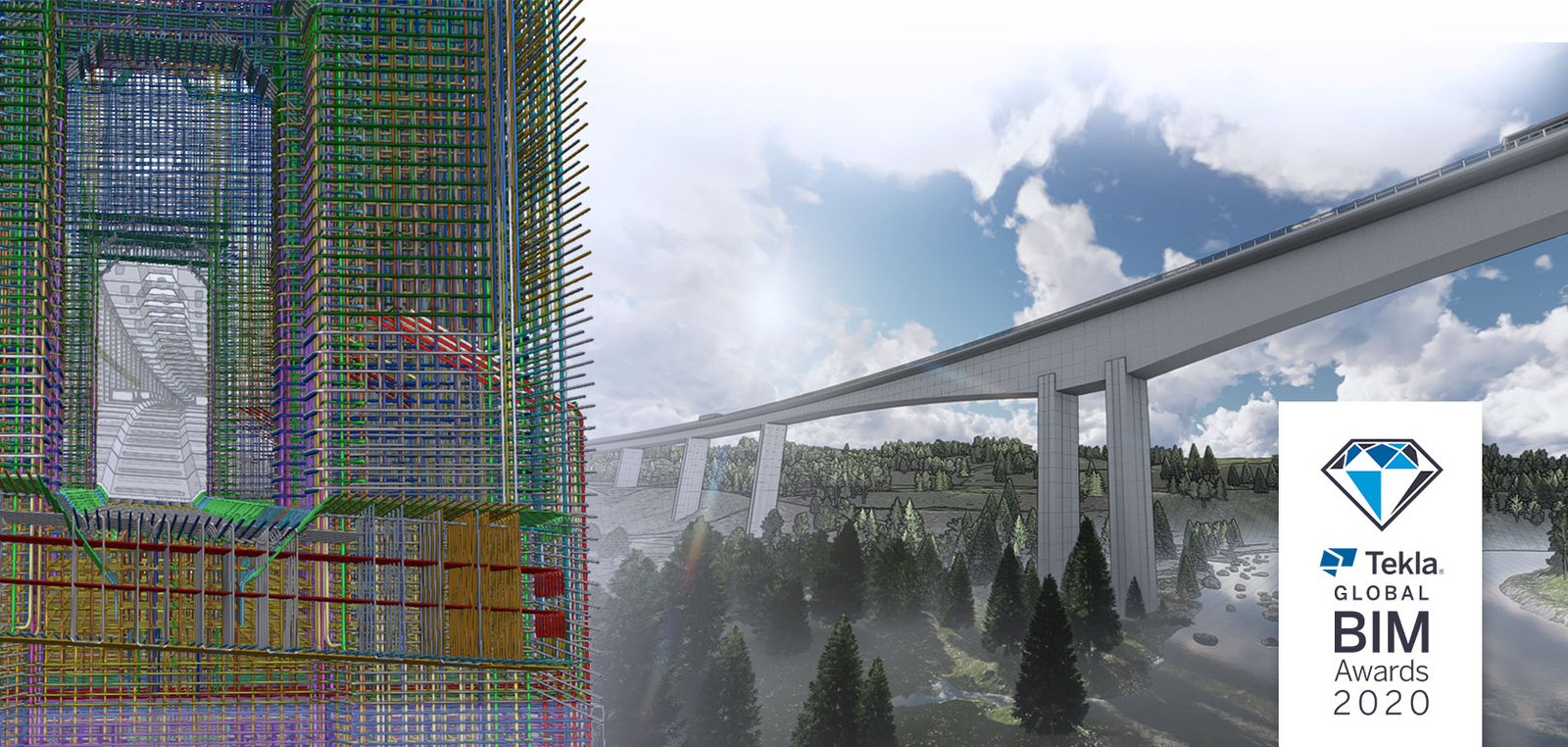Specifics are crucial during construction, and failing to communicate clearly could result in a slew of change orders, cost overruns, and timetable delays, all of which can hurt your bottom line. In fact, technicalities are such an important part of building that they have their own formal process: building specifications.
Although document drawings can visually depict what a structure should look like, a detailed textual description of the construction process is highly efficient. Simply put, construction specifications are documents written ahead of time to outline how contractors and subcontractors should carry out construction. They are descriptions that go beyond what images and videos can describe and demand a great level of detail, as the name implies. As a general rule, specifications will never over-explain how to construct anything. The vast majority of issues arise when requirements are insufficiently detailed. These documents would not have been completed without the dedication and proper execution of the specifications.
It all starts with a solid understanding of what these documents are and how they are generated if you want to enhance your construction specs and, as a result, the success rate of your projects. We’ll go through what specs are in construction, why they’re important, what kind of projects they’re used on, and how to optimize the process to improve overall project efficiency in the sections below.
Construction Specifications
The work and workmanship required to accomplish a building project are detailed in construction specifications, often known as specs. And there isn’t any way around them. They’re part of a formal procedure because they’re essential documents during the design phase.
A specification is “a written document outlining in detail the scope of work, materials to be used, methods of installation, and quality of workmanship for a parcel of work to be placed under contract; frequently applied in conjunction with working (contract) drawings in building construction”.
Dictionary of Architecture & Construction
Specs Writer
Typically, the architect or designers prepare the specifications. Architects often delegate them, however project engineers are frequently involved due to their range of technical knowledge. Large-scale projects may necessitate the use of specialist and expert specification writers to ensure that all aspects are addressed.
Specs should be supplementary to design drafts and developed in parallel, despite the fact that they are a separate document from drawings. So when the design evolves, the specifications should evolve as well, with more and more information being added as the plans become more detailed.
When to Write Specifications
Specifications used to be one of the final items written before a tender package was issued; however, this has changed over time, especially since the introduction of BIM (Building Information Modelling).
The ideal practice nowadays is to start writing specifications as early as feasible in the project lifecycle. Early-stage requirements might document what the client is trying to accomplish on the project by capturing information from the client review. Early work also aids in the comprehension of a project’s performance needs. As the specification develops, all information incorporated into the client’s EIR (employer information needs) and conversations on complexes, entities, spaces, location, elements, systems, and products contribute to the specification.
Details That Spell the Difference
If you’ve spent any time in the construction sector, you know that the more details you have, the better. The more specific a description is, the more probable it is to be carried out correctly. Specifications are similar to data in many ways. Projects can easily fail if they don’t have access to the appropriate information and a lot of it. As construction projects become more complicated and budgets become more scrutinized, having access to a large amount of data is essential for making the best decisions possible. Most significantly, requirements that are properly written reduce risk. Controlling risk is critical in the construction industry for managing the entire project lifecycle.
Three Types of Specifications
- Prescriptive: Specifies which materials and installations are required to finish a project. Prescriptive specifications also outline how to evaluate installations to ensure that they meet project quality and requirements.
- Performance: The operational requirements or performance specifications should describe to the contractor what is needed for the final output and how it should essentially function once completed.
- Proprietary: When only one specified product can be used for an installation, this belongs to proprietary specifications.
(sources: Autodesk blog, thenbs.com)










0 Comments